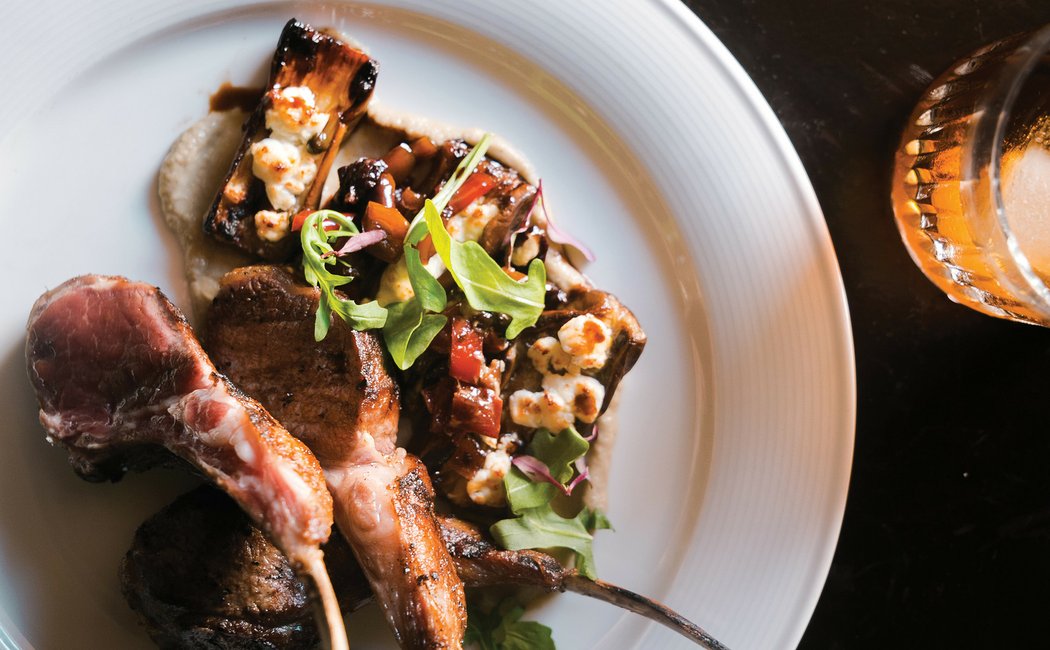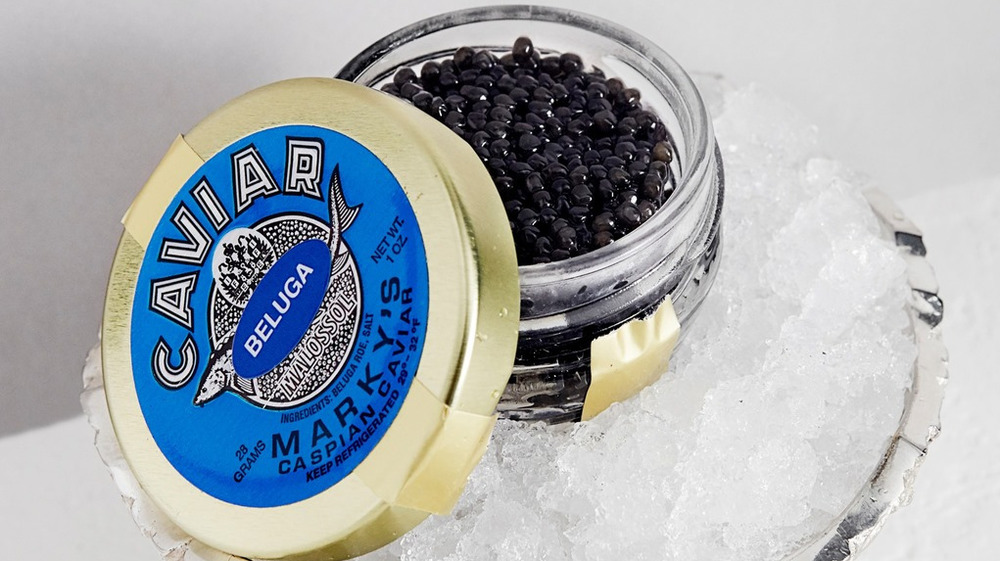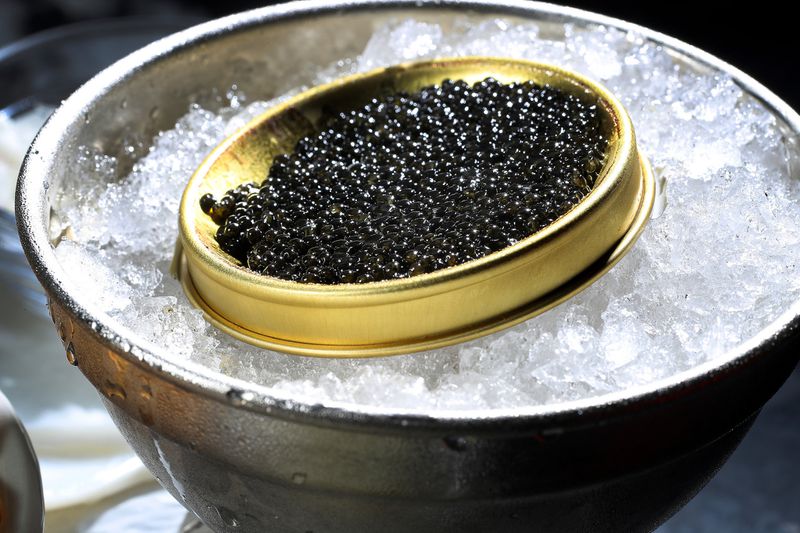Balsamic Bliss How to Spot the Real Deal and Elevate Your Culinary Creations
Introduction
Balsamic vinegar has graced our tables for centuries, enhancing dishes with its rich, tangy flavor. But not all balsamic vinegars are created equal, and discerning the authentic from the imitation can be a culinary conundrum. For home cooks and gourmet lovers, knowing how to spot genuine balsamic vinegar is not just about taste—it's about honoring tradition and quality.
In this guide, we'll unravel the mystique of balsamic vinegar, explore its storied history, and provide you with the knowledge to choose wisely. From understanding production methods to recognizing authentic labeling, you'll learn everything you need to make an informed purchase.
What Makes Balsamic Vinegar Authentic

Ingredients and Production Process
Authentic balsamic vinegar hails from Modena or Reggio Emilia in Italy, where it's crafted from the "must" of Trebbiano grapes. This thick, grape juice is cooked down and aged in wooden barrels for a minimum of 12 years. The result? A deep, complex flavor that only time and tradition can produce.
The production process is meticulous. Unlike mass-produced varieties, traditional balsamic doesn't include caramel or thickeners. It's pure, with each step enhancing its natural richness. The aging barrels, made from different woods like oak, cherry, and chestnut, impart unique characteristics to the vinegar, making each batch distinct.
Traditional vs. Industrial Methods
Traditional balsamic vinegar, labeled as "Aceto Balsamico Tradizionale," undergoes a lengthy aging process. This results in a dense, flavorful liquid prized by chefs and food enthusiasts. On the other hand, industrial balsamic, often labeled as "Aceto Balsamico di Modena," is younger and less complex, typically aged for less than three years.
Industrial methods often involve adding wine vinegar, caramel, and thickeners to mimic the consistency of traditional balsamic. While these versions are more affordable, they lack the depth and authenticity of their traditional counterparts. When choosing balsamic vinegar, understanding these differences is key to selecting a product that aligns with your culinary aspirations.
Identifying Real Balsamic Vinegar
Label Reading Tips
Mastering the art of label reading is essential for identifying authentic balsamic vinegar. Look for terms like "Tradizionale" on the bottle—this indicates adherence to traditional methods. Also, check for a DOP (Denominazione di Origine Protetta) label, which guarantees the vinegar's origin and quality.
Ingredients matter too. Authentic balsamic should list "grape must" as the primary ingredient, with minimal additives. If you see caramel or other thickeners, it's likely an industrial version. The aging period is another crucial factor; traditional balsamics boast 12 years or more, while industrial types may be significantly younger.
Visual and Taste Cues
When examining balsamic vinegar, visual cues can offer insights into its authenticity. Traditional balsamic is thick and syrupy, with a glossy sheen. Its color should be a rich, dark brown, indicating proper aging.
Taste is the ultimate test. Traditional balsamic offers a balance of sweetness and acidity, with layers of flavor that unfold on the palate. Industrial versions may taste sharp or overly sweet, lacking the nuanced complexity of the real deal. Sampling before buying, if possible, can help ensure you're getting the quality you desire.
Understanding the Pricing
Why Authentic Balsamic is More Expensive
The cost of authentic balsamic vinegar reflects its lengthy production process. Aging for over a decade requires patience and skill, and the limited production adds to its exclusivity. Each bottle is a testament to the craftsmanship and tradition upheld by Italian artisans.
Furthermore, the quality of ingredients plays a role in pricing. Pure grape must, without fillers or additives, results in a superior product that's worth the investment. When you purchase authentic balsamic, you're not just buying vinegar—you're acquiring a piece of culinary heritage.
Cost vs. Quality Comparison
While traditional balsamic may come with a higher price tag, the quality justifies the cost. Its complex flavor profile can elevate dishes in ways that industrial versions cannot. A small drizzle over fresh strawberries or a fine cheese transforms the ordinary into the extraordinary.
However, for everyday cooking, industrial balsamic can serve as a suitable alternative. It offers versatility at a more accessible price point, allowing you to enjoy balsamic's distinctive taste without breaking the bank. Knowing when to splurge and when to save is part of becoming a savvy balsamic shopper.
How to Use Balsamic Vinegar
Culinary Applications in Everyday Cooking
Balsamic vinegar's versatility makes it a kitchen staple. Drizzle it over salads for a tangy kick, or use it to marinate meats, infusing them with its rich flavor. A splash in soups or sauces can add depth and complexity, while a reduction can serve as a luscious glaze for vegetables or fruits.
For those with a sweet tooth, balsamic pairs beautifully with desserts. Try it over vanilla ice cream or fresh berries for a delightful contrast of flavors. Its natural sweetness complements pastries and cakes, offering a sophisticated twist to traditional treats.
Pairing Suggestions with Other Foods
Pairing balsamic vinegar with the right foods can enhance its flavor. For a classic combination, serve it with Parmigiano-Reggiano cheese or prosciutto. Its acidity balances the richness of fatty meats, making it ideal for drizzling over grilled chicken or pork.
For a burst of freshness, combine balsamic with leafy greens, tomatoes, and mozzarella in a Caprese salad. Its tangy sweetness brings out the best in ripe fruits like peaches and figs, creating a harmonious blend of flavors.
Buying Guide
Where to Find Authentic Balsamic Vinegar

Finding authentic balsamic vinegar requires diligence. Specialty food stores and gourmet markets are excellent places to start. They often carry a curated selection of high-quality vinegars, allowing you to explore different varieties and producers.
Marky's also offer a range of authentic options. With a reputation for sourcing premium gourmet products, Marky's provides assurance of quality and authenticity. Shopping online gives you access to a broader selection, making it easier to find the perfect bottle.
Trusted Brands and Producers
When selecting balsamic vinegar, consider trusted brands with a history of quality. Producers like Giuseppe Giusti and Acetaia Leonardi are renowned for their dedication to traditional methods. Their products are often featured in gourmet circles, earning accolades for their flavor and craftsmanship.
Reading reviews and seeking recommendations from fellow food enthusiasts can also guide you to reputable brands. Look for producers with a commitment to quality and sustainability, ensuring your purchase supports ethical practices.
Conclusion
Balsamic vinegar is more than just a condiment—it's a celebration of tradition, taste, and craftsmanship. By understanding the nuances of authentic vs. industrial balsamic, you can make informed choices that enhance your culinary creations.
Whether you're drizzling it over a simple salad or savoring it with a gourmet dish, authentic balsamic brings a touch of elegance to every meal. Explore different varieties, experiment with pairings, and discover the joy of this timeless ingredient.
Ready to elevate your pantry? Check out Marky's latest range of aged balsamic vinegars, where quality and authenticity meet exquisite flavor. Unleash your inner gourmet and transform your kitchen adventures today!






